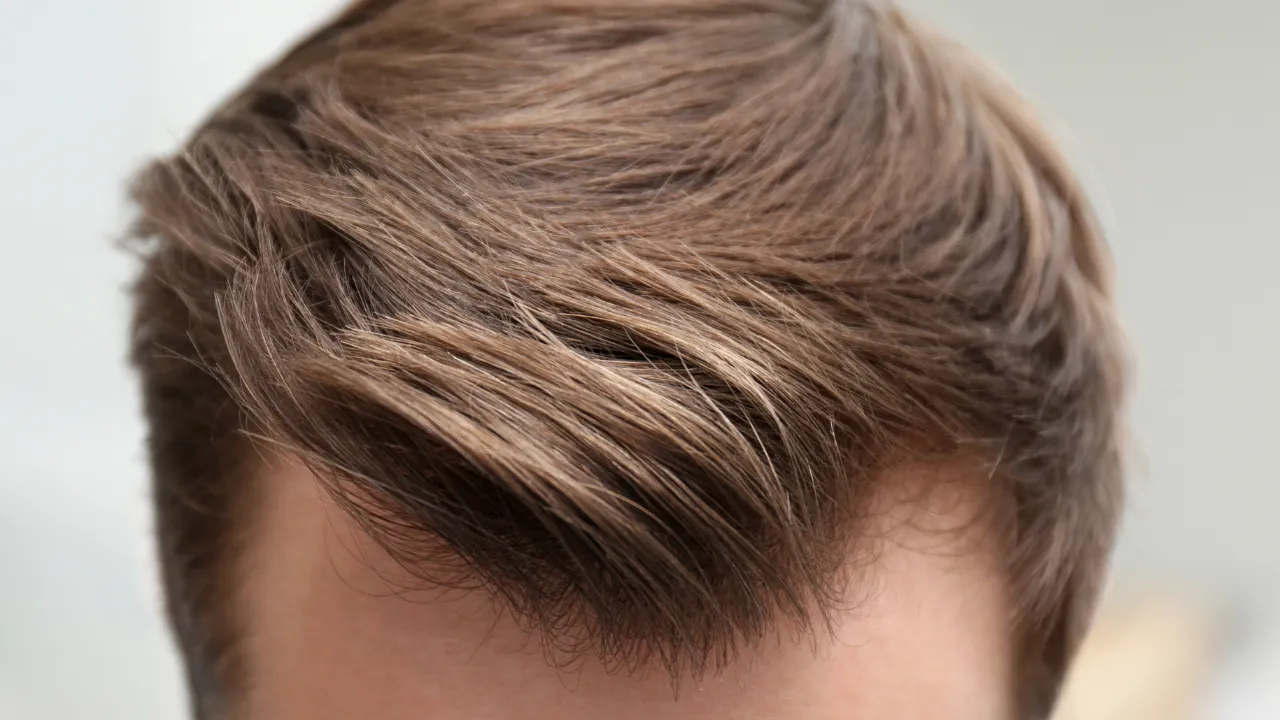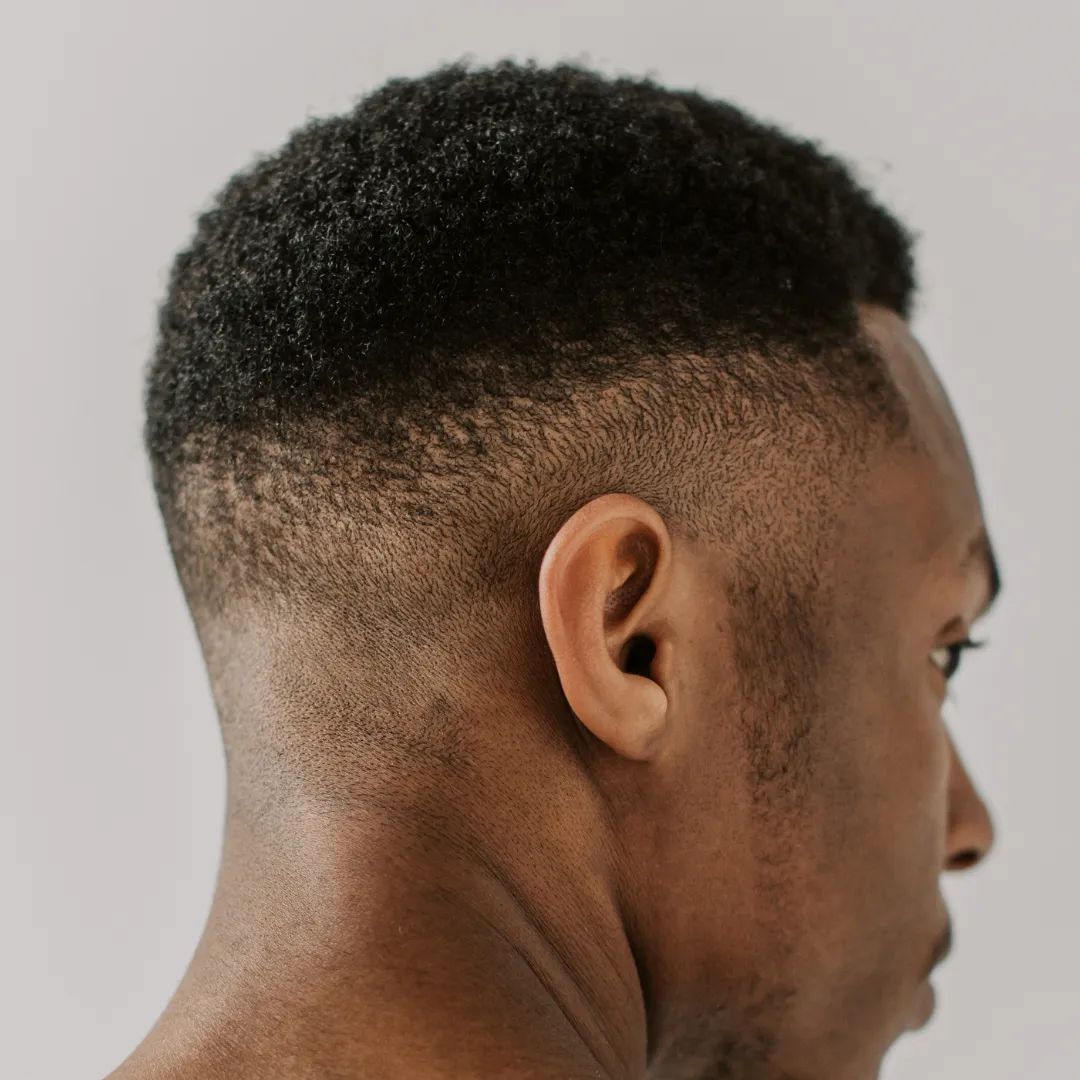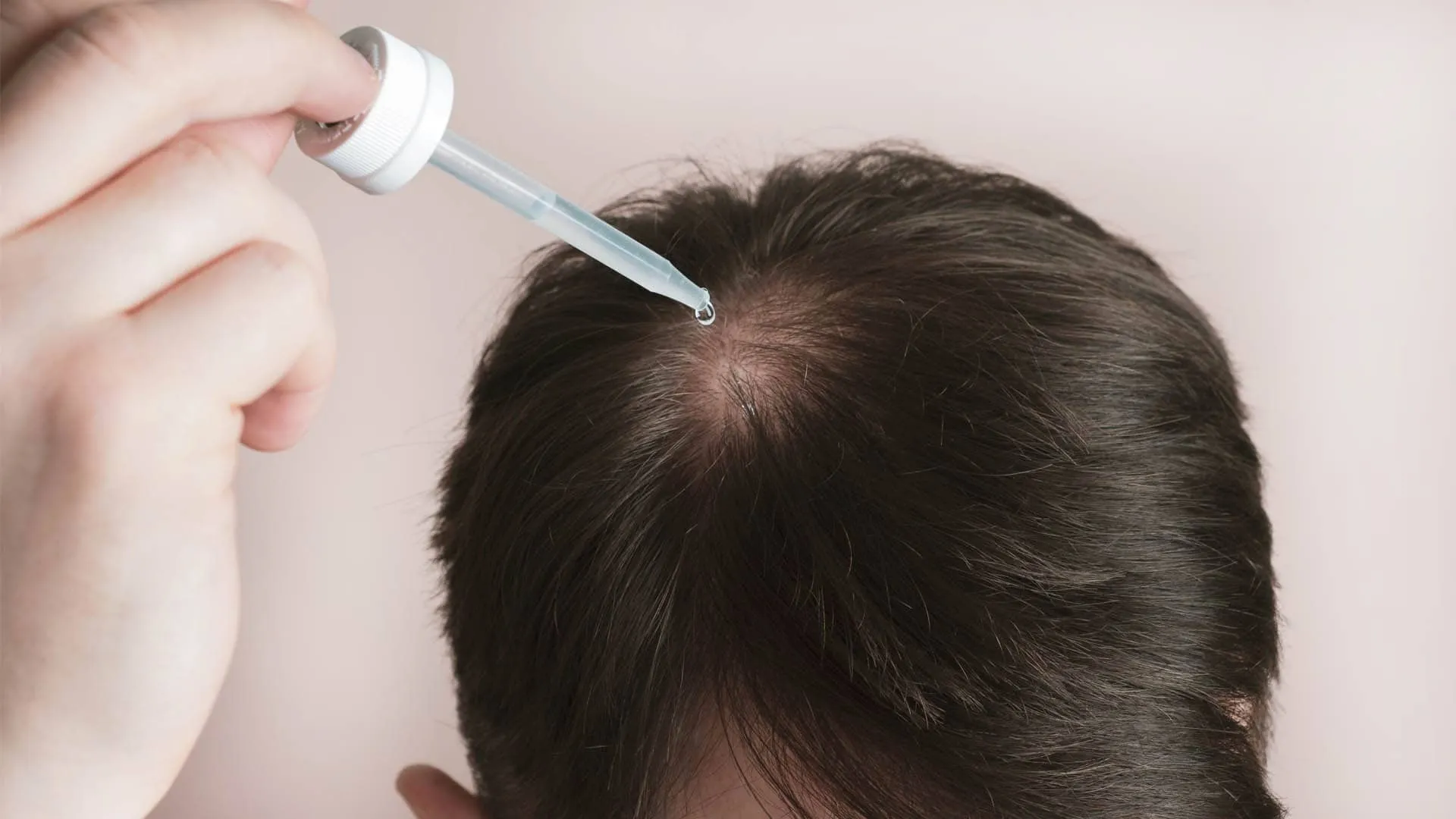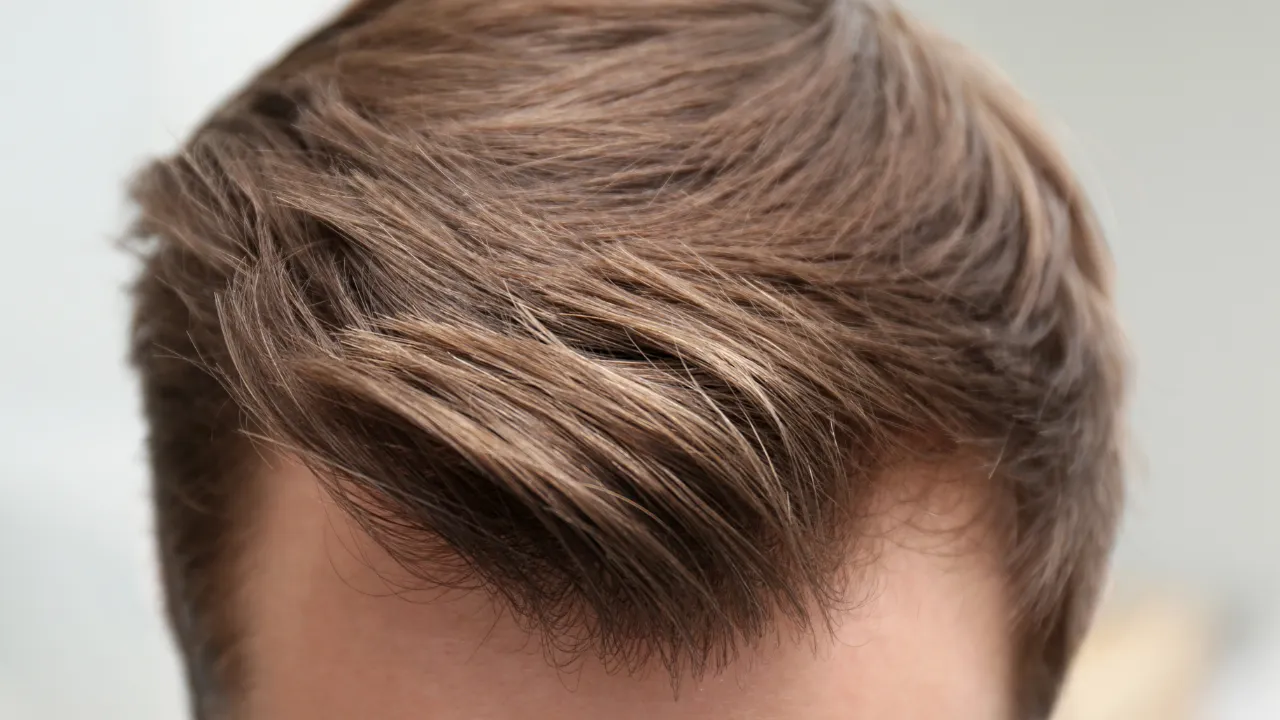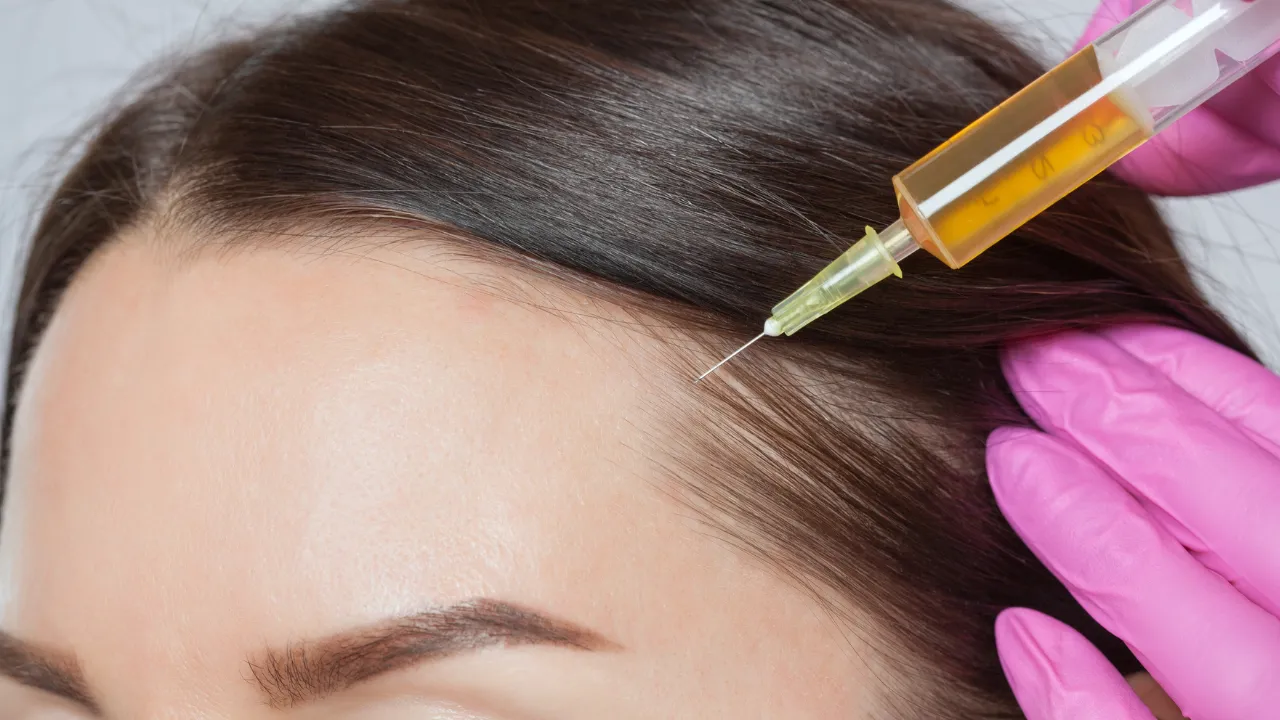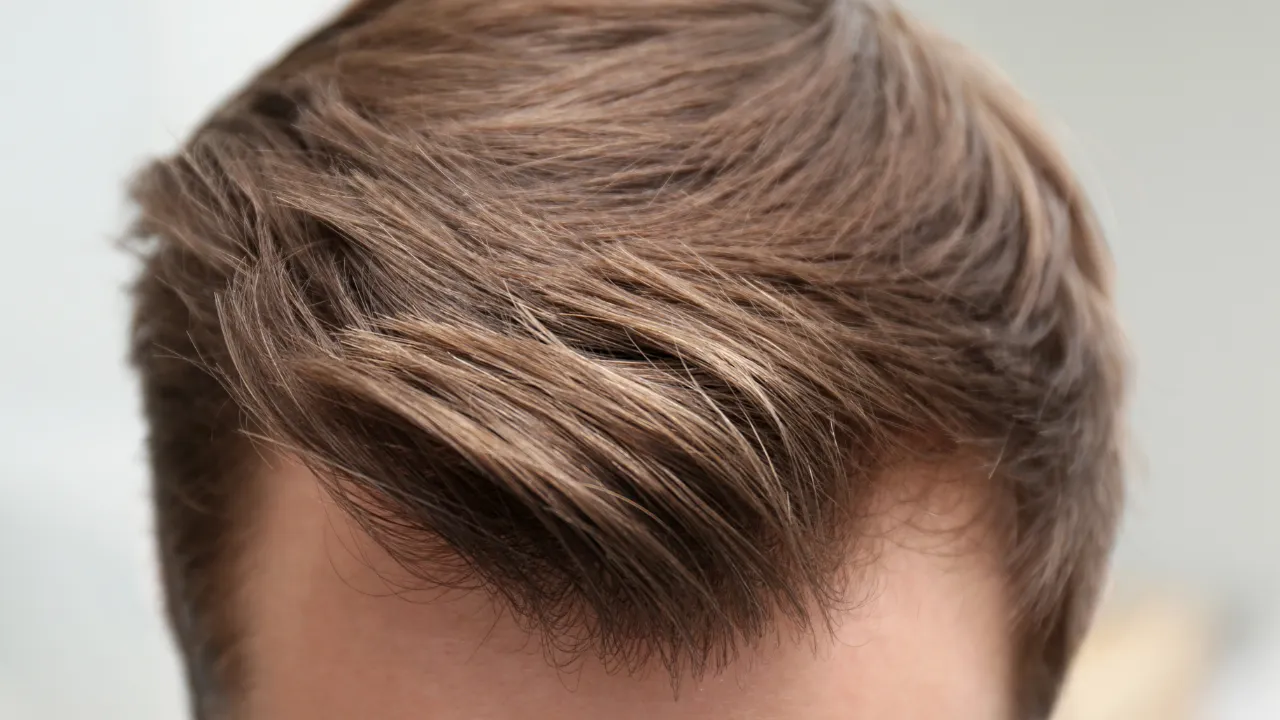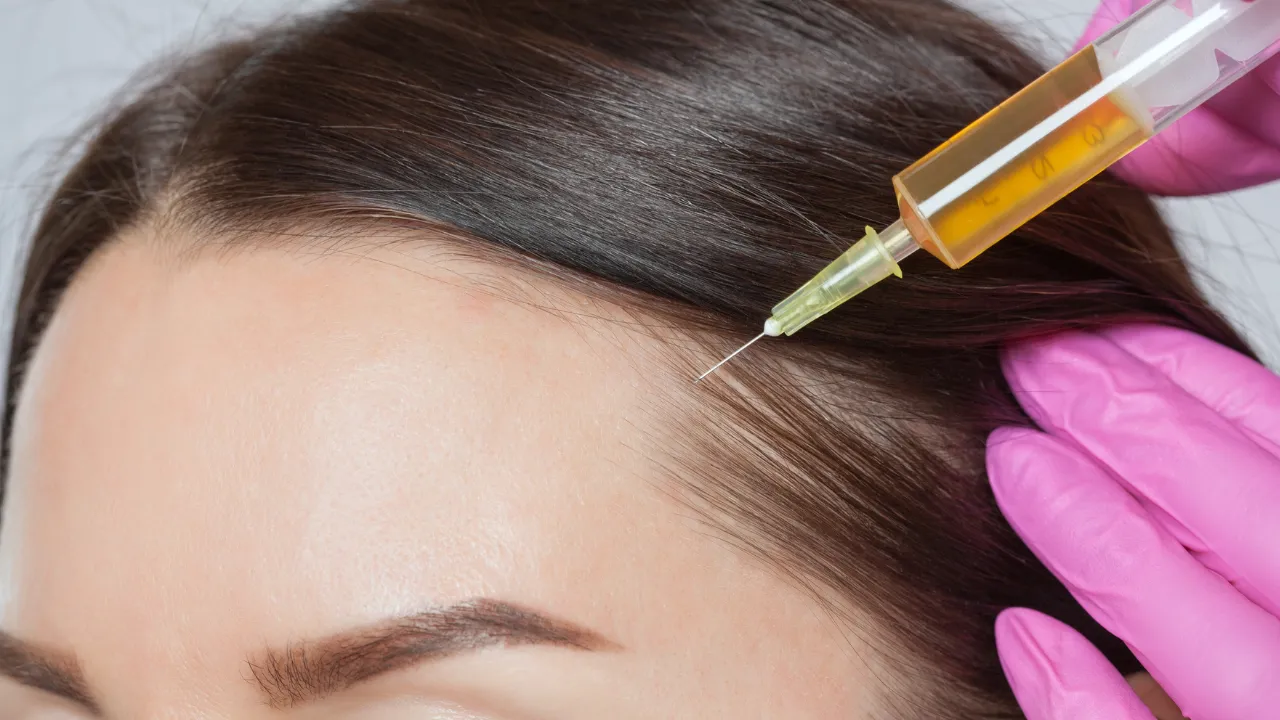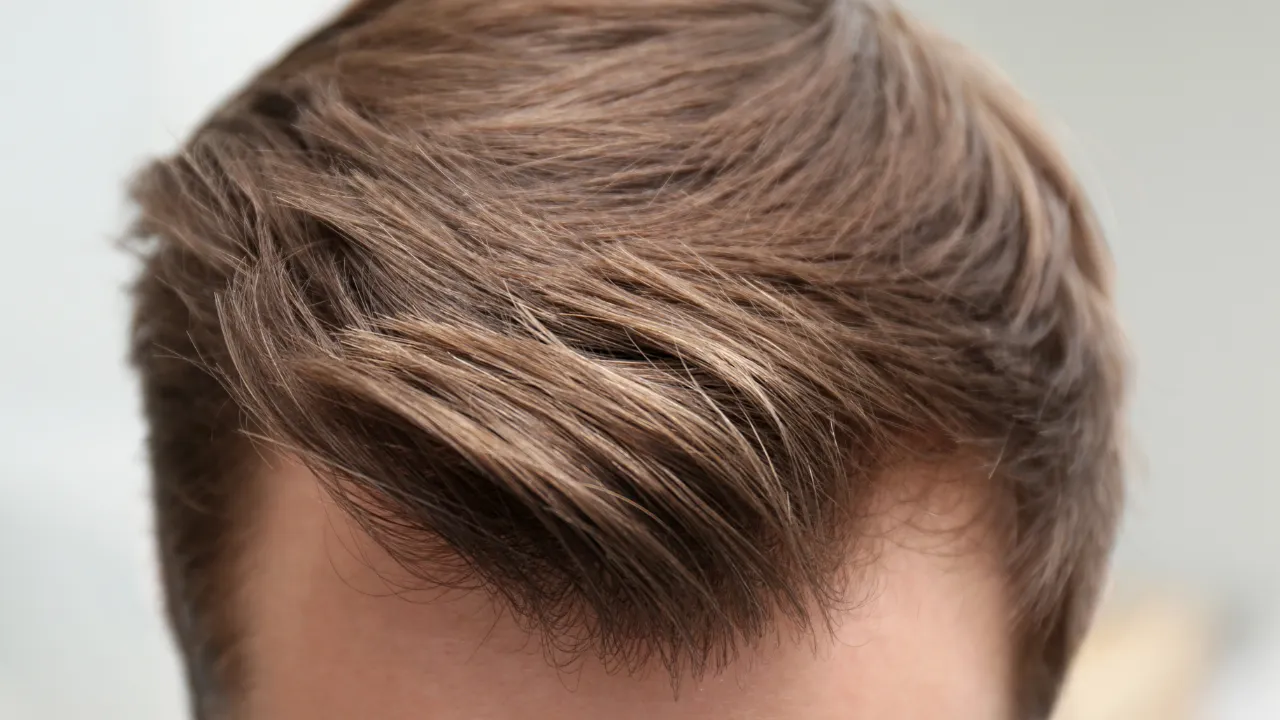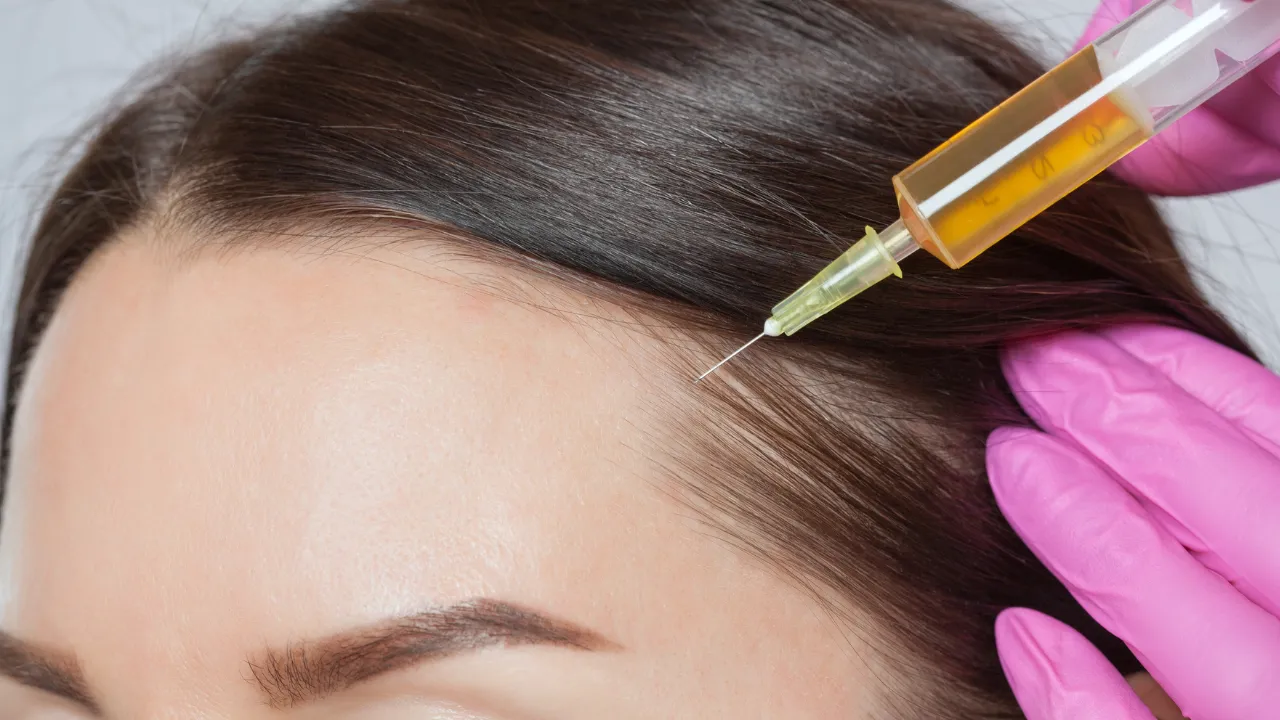Platelet-Rich Plasma (PRP) therapy for hair loss continues to be a popular and natural solution for those dealing with thinning hair. This overview provides clear insights into PRP injections, detailing how the treatment works, the potential benefits, and what you can expect throughout the process. If you’re seeking a way to rejuvenate your hair, PRP could be the promising solution you’ve been searching for.
Posted on
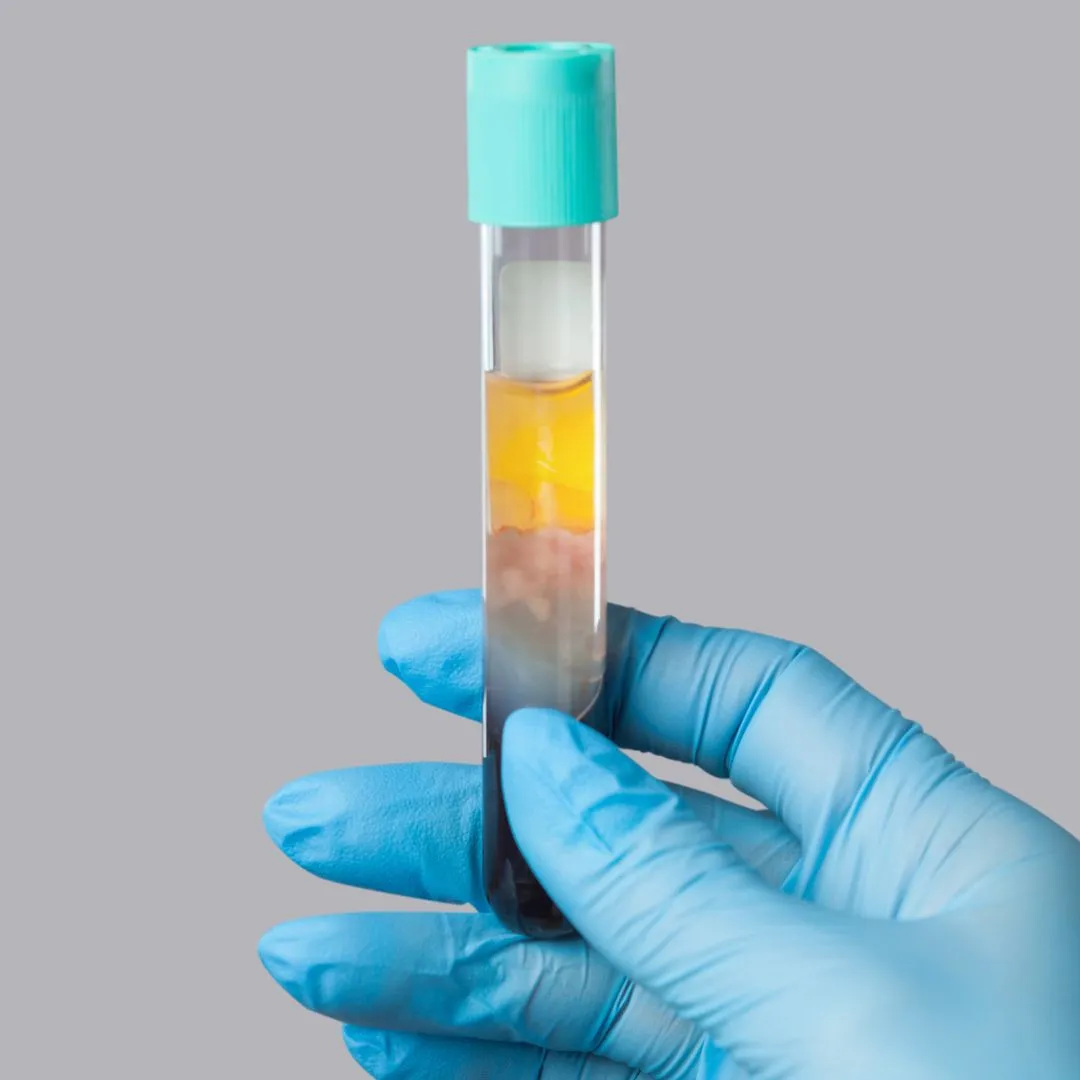
The process of PRP (Platelet-Rich Plasma) therapy for hair loss typically involves several key steps.
PRP injections: how it works
It involves drawing a small amount of your blood, processing it to concentrate the platelets, and then injecting it into areas of hair thinning. This process stimulates natural hair growth by boosting follicle activity and improving blood flow to the scalp.
Here’s an outline of the procedure:




